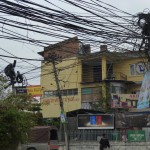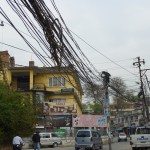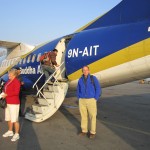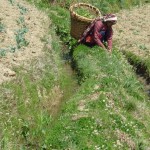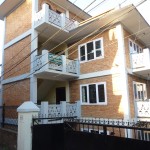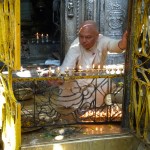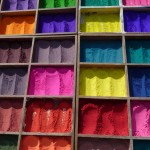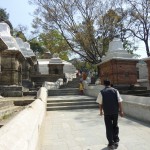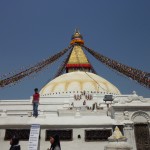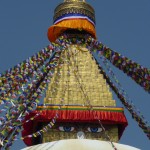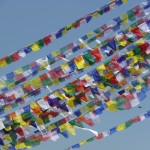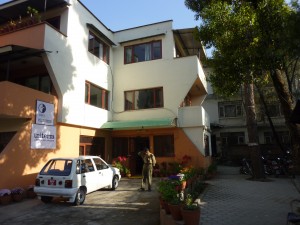-

-
Terraced fields in in Bajrabaraha VDC
-

-
Typical terraced farm fields
-
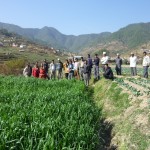
-
Farmers from in Bajrabaraha VDC
-
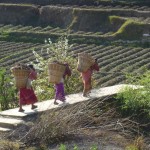
-
Farmers carry everything!
-
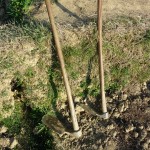
-
Two sizes of hoes used in farming
-

-
Plowing the terraces with water buffalo
We spent two days visiting the Bajrabaraha Village District Committee (VDC) in the Makawanpur district of Nepal. This is an area of “hill farming” about 1-1.5 hours outside Kathmandu – “as the crow flies”. However, it took us 4-5 hours to get here “as the jeep drives” – over rough roads, up and down, and in and around the mountains.
The scenery is magnificant. The “hills” are actually small mountains – ranging up to 2500 m in height. The mountains have quite steep sides – allowing for wonderful views of the scenery as one drives along. However, looking down can be a litle intimidating at times – especailly when your jeep has to pass a speeding bus going the other way – on a single lane dirt road – on a hair-pin turn – while going over a bridge – with everyone honking their horns continuously; which was a fairly regular occurrence…
Much, or even most, of the sides of these hills are farmed. The farmers live in family and small village units along the roads. All of the land is farmed as layered terraces that have been hand-dug over many years – and constantly maintained. There are hundreds of thousands of them – everywhere. The terraces are maintained with a relatively large, heavy “hoe” and the terraces are hand-plowed using water buffalo. All seeds, fertilizers, composts, water, etc., are carried to the terraces – usually in baskets – and usually by women.
We visited at the tail-end of the winter cropping season and many of the terraces were “between crops” or had just been planted with potatoes. The main crops that were still present within the fields included cauliflower, cabbage, raddish and oilseed Brassica (e.g. cole crops). Smaller plots of onions, leafy spices, and wheat were also being grown on some farms.
We spent much of our time in meetings with members of the local cooperative, and then one afternoon walking around parts of the valley – talking with various farmers about disease and pest problems – and what methods they were using to manage them.
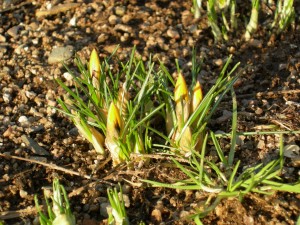 Well, it has been 2-3 weeks since I have been “back home again” – and greeted with spring in Canada. Much of the experience of being in Nepal is still with me. I continue to stay in touch with several of the Nepali people I worked with – as well as some of the international volunteers. And – I am continuing to tie up some loose ends from my work there.
Well, it has been 2-3 weeks since I have been “back home again” – and greeted with spring in Canada. Much of the experience of being in Nepal is still with me. I continue to stay in touch with several of the Nepali people I worked with – as well as some of the international volunteers. And – I am continuing to tie up some loose ends from my work there. 
